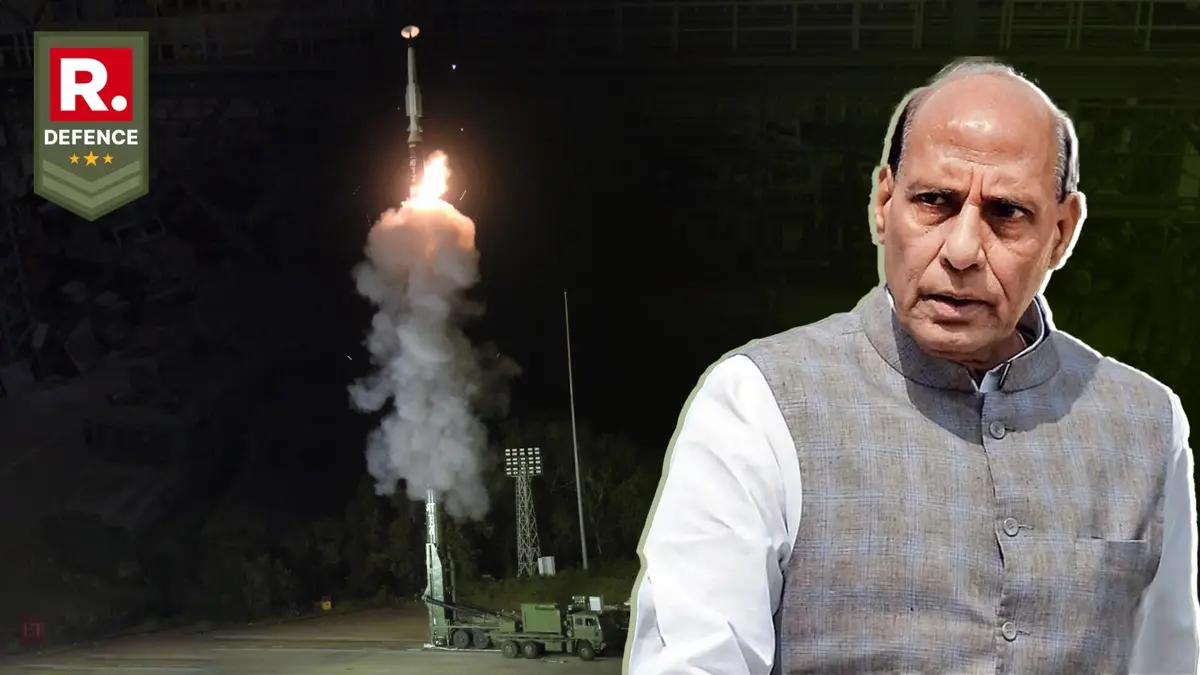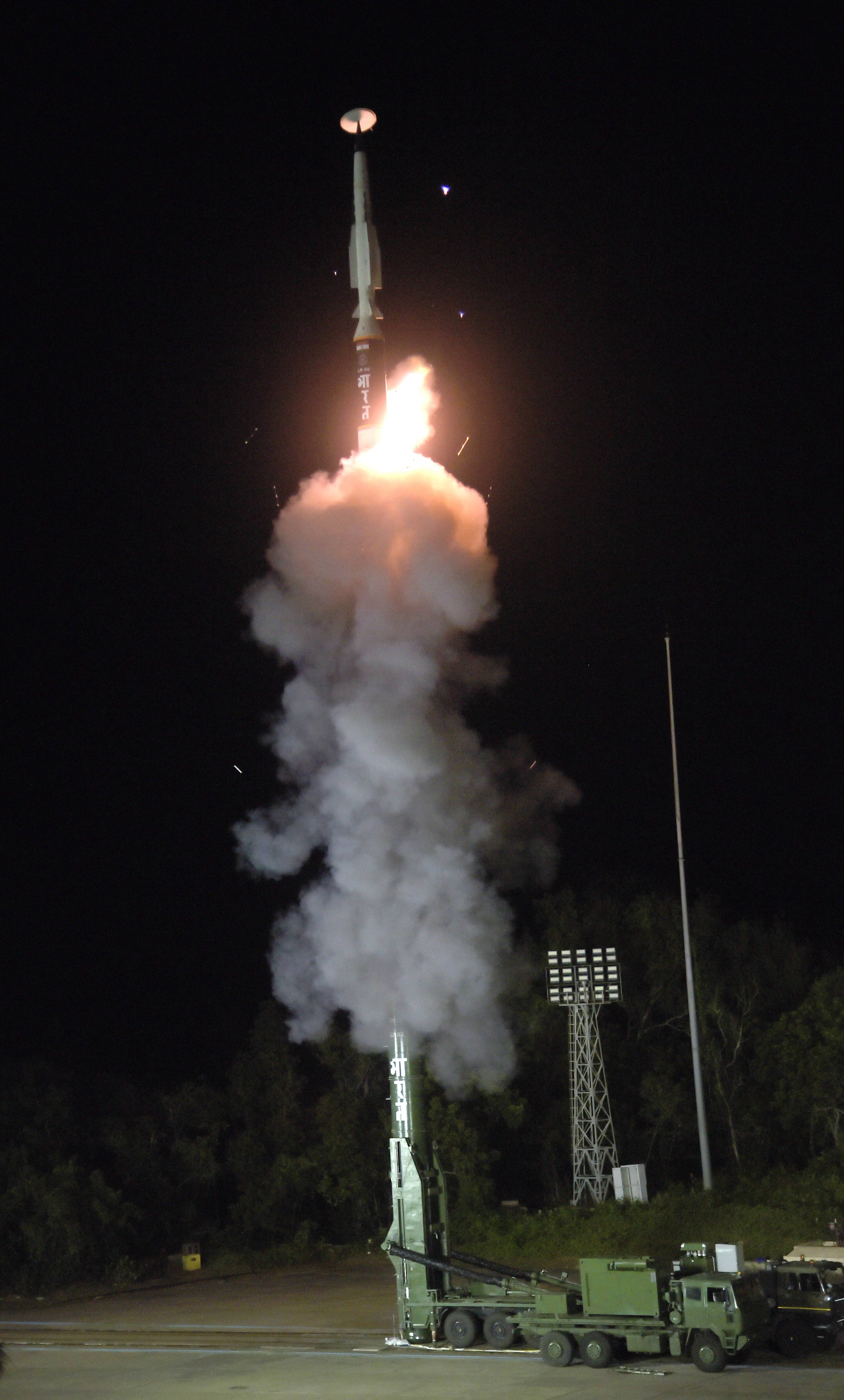Updated November 18th 2024, 14:44 IST
DRDO Successfully Fires Hypersonic Missile, Extending India’s Strike Capability Beyond 1,500 km
Defence Minister Rajnath Singh lauded the achievement as “historic,” emphasizing its strategic significance in boosting India’s deterrence and strike capability
- Defence News
- 3 min read

Odisha, India - In a landmark achievement for India's defence capabilities, the Defence Research and Development Organisation (DRDO) successfully conducted the flight trial of the country’s first long-range hypersonic missile. The test was carried out from Dr. APJ Abdul Kalam Island off the Odisha coast late on November 16, 2024, marking a significant leap in advanced missile technology.
The hypersonic missile, capable of carrying various payloads for ranges exceeding 1,500 km, demonstrated exceptional performance during its trial. It was tracked by a network of range systems deployed across multiple domains, ensuring comprehensive data collection. Downrange ship stations confirmed successful terminal maneuvers and a precise impact, showcasing a high degree of accuracy.
The missile has been indigenously developed at the Dr. APJ Abdul Kalam Missile Complex, Hyderabad, in collaboration with several DRDO laboratories and industry partners. Senior scientists from DRDO and officers of the Armed Forces witnessed the test, underscoring its strategic importance.
Leaders Applaud Milestone Achievement
Defence Minister Rajnath Singh hailed the successful test as a "historic achievement" in a post on X (formerly Twitter), highlighting India's entry into the elite club of nations capable of developing hypersonic missile technology. Singh extended congratulations to DRDO, the Armed Forces, and industry collaborators for their contributions.
Dr. Samir V. Kamat, Secretary of the Department of Defence R&D and Chairman of DRDO, praised the mission team, stating that the achievement exemplifies India's growing self-reliance in cutting-edge military technology.
Understanding Hypersonic Missile Technology
Hypersonic missiles, defined by speeds greater than Mach 5—five times the speed of sound—represent the pinnacle of modern weaponry. Unlike traditional ballistic missiles that follow a fixed trajectory, hypersonic missiles are capable of maneuvering during flight, making them extremely difficult to detect and intercept.

These weapons, which operate at lower altitudes than ballistic missiles, evade many conventional missile defense systems. Their ability to alter course mid-flight enhances their effectiveness against high-value and time-sensitive targets. Hypersonic missiles rely on kinetic energy generated by their immense speed for impact, enabling them to strike both surface and underground targets with devastating precision.
India's Position in the Global Hypersonic Race
Globally, nations like the US, Russia, and China are leading the race in hypersonic missile development. Russia notably claimed to have deployed its Kinzhal hypersonic missiles during the Ukraine conflict in 2022, targeting an underground ammunition depot.
India’s successful trial places it firmly in the global hypersonic race. The capability is expected to bolster the nation's deterrence posture and enhance strategic strike options against long-range, high-value threats.
Hypersonic missiles are viewed as transformational in warfare, providing responsive and long-range strike options against defended or time-critical targets. Their development reflects a broader trend in military technology emphasizing speed, precision, and evasion.
Published November 18th 2024, 14:44 IST
